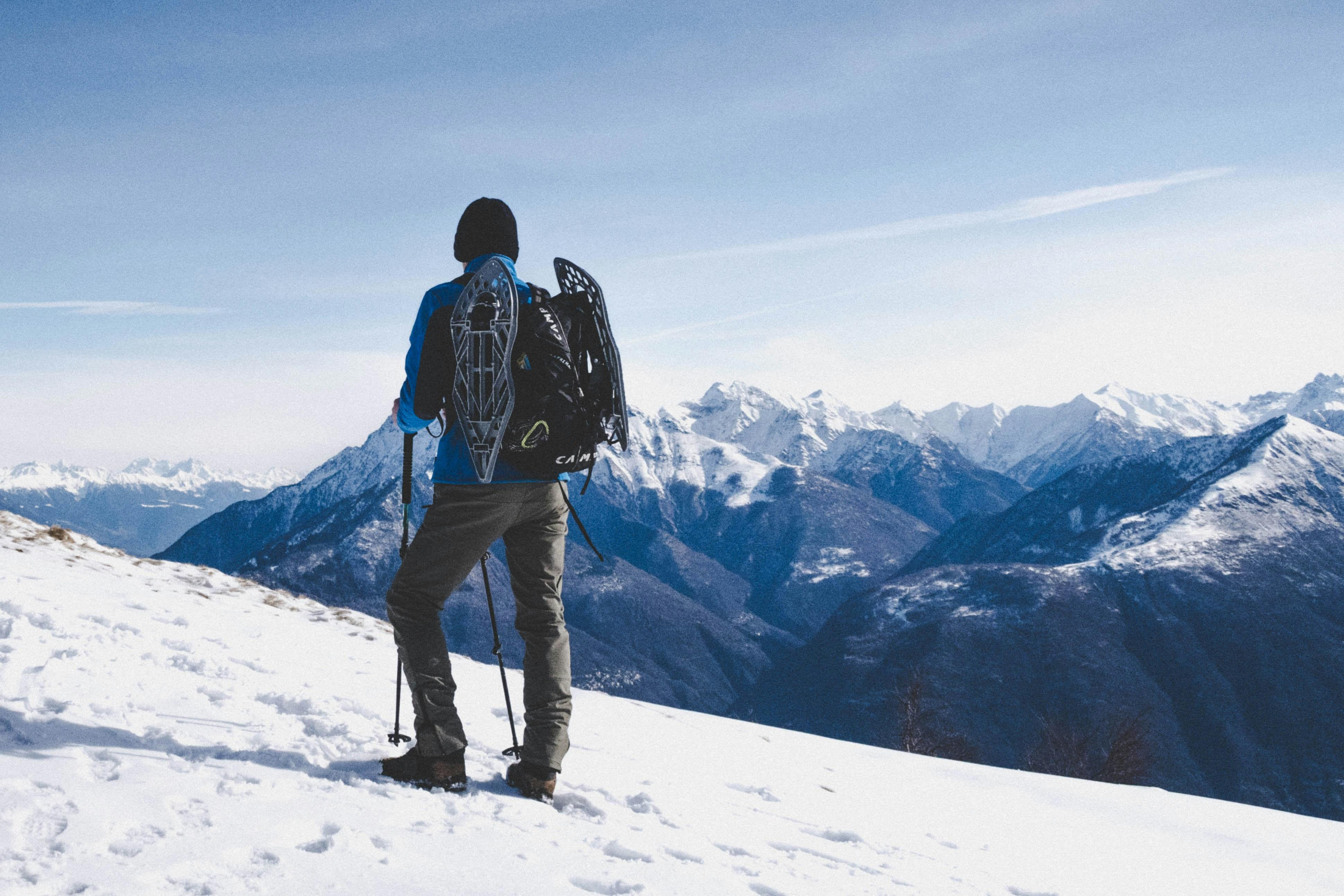Trekking in Uttarakhand: A Journey Through India’s Himalayan Heartland

Whether you're a seasoned mountaineer or a first-time trekker, trekking in Uttarakhand promises unforgettable adventures, spiritual encounters, and breathtaking vistas. Uttarakhand, nestled in the lap of the Himalayas, is one of India’s most iconic trekking destinations. With over 86% of its terrain mountainous and nearly 65% forested, the state offers a diverse range of trekking experiences—from alpine meadows and glacier-fed rivers to sacred shrines and remote villages.
🗺️ Why Uttarakhand is a Trekking Haven
-
Geography: Home to the Garhwal and Kumaon Himalayas, including Nanda Devi—the highest peak entirely within India.
-
Spiritual Significance: Trails often pass through sacred sites like Kedarnath, Gangotri, and Yamunotri.
-
Biodiversity: Rich in flora and fauna, including rhododendrons, Himalayan monals, and snow leopards.
-
Accessibility: Well-connected base towns like Dehradun, Rishikesh, and Kathgodam make logistics easier.
🥾 Popular Treks in Uttarakhand
1. Kedarkantha Trek
-
Region: Garhwal
-
Duration: 5–6 days
-
Altitude: 12,500 feet
-
Difficulty: Easy to Moderate
Kedarkantha is one of the most popular winter treks in India. Known for its snowy trails, pine forests, and panoramic summit views, it’s ideal for beginners and families. The trek starts from Sankri village and offers stunning views of Swargarohini and Bandarpoonch peaks.
2. Valley of Flowers Trek
-
Region: Chamoli
-
Duration: 6–7 days
-
Altitude: 14,100 feet
-
Difficulty: Moderate
A UNESCO World Heritage Site, the Valley of Flowers is a monsoon trek that bursts into bloom between July and September. The trail passes through alpine meadows, waterfalls, and the sacred Hemkund Sahib—a high-altitude Sikh shrine.
3. Roopkund Trek
-
Region: Chamoli
-
Duration: 8–9 days
-
Altitude: 16,499 feet
-
Difficulty: Moderate to Difficult
Roopkund is famous for its mysterious skeletal lake and dramatic landscapes. The trail includes dense forests, Bugyals (meadows), and snowfields. Due to ecological concerns, the trek is currently restricted, but alternate routes like Ali Bedni Bugyal are open.
4. Har Ki Dun Trek
-
Region: Uttarkashi
-
Duration: 7–8 days
-
Altitude: 11,700 feet
-
Difficulty: Moderate
Har Ki Dun, also known as the “Valley of Gods,” is a cradle-shaped valley surrounded by snow-capped peaks. The trail passes through ancient villages like Osla and offers insights into local culture and mythology.
5. Bali Pass Trek
-
Region: Yamunotri Valley
-
Duration: 8–9 days
-
Altitude: 16,207 feet
-
Difficulty: Difficult
Bali Pass is a high-altitude trek that connects Har Ki Dun Valley to Yamunotri. It’s known for its challenging terrain, glacier crossings, and views of Bandarpoonch and Swargarohini. Recommended for experienced trekkers.
🌄 Hidden Gems and Offbeat Trails
-
Ranthankharak Trek: A peaceful trail in Chamoli district, ideal for solitude seekers.
-
Pindari Glacier Trek: Located in Kumaon, this trek offers glacier views and cultural immersion.
-
Kafni Glacier Trek: A lesser-known route branching from Pindari, rich in biodiversity.
-
Munsiyari – Milam – Ralam Glacier Circuit: A challenging expedition for seasoned trekkers.
🧘 Spiritual Treks
-
Panch Kedar Trek: Covers five sacred Shiva temples—Kedarnath, Tungnath, Rudranath, Madhyamaheshwar, and Kalpeshwar.
-
Hemkund Sahib Trek: A pilgrimage route to a high-altitude Sikh shrine, often combined with Valley of Flowers.
These treks blend physical endurance with spiritual reflection, offering a deeper connection to the Himalayas.
🏕️ Trekking Seasons in Uttarakhand
|
Season |
Best Treks |
Highlights |
|
Winter (Dec–Feb) |
Kedarkantha, Dayara Bugyal |
Snow trails, frozen lakes |
|
Spring (Mar–Apr) |
Har Ki Dun, Chopta–Tungnath |
Rhododendron blooms |
|
Summer (May–June) |
Roopkund, Bali Pass |
Clear skies, alpine meadows |
|
Monsoon (July–Sept) |
Valley of Flowers, Hemkund Sahib |
Floral landscapes |
|
Autumn (Oct–Nov) |
Kuari Pass, Nag Tibba |
Crisp air, golden forests |
🧭 Trekking Logistics
-
Base Towns: Dehradun, Rishikesh, Haridwar, Kathgodam
-
Permits: Required for certain treks (e.g., Valley of Flowers, Nanda Devi Biosphere)
-
Guides & Porters: Available through certified agencies like Indiahikes and Trek The Himalayas
-
Gear: Trekking shoes, layered clothing, rain gear, sleeping bags, and first aid kits
🛑 Safety and Sustainability
-
Altitude Sickness: Acclimatize properly and carry medication like Diamox
-
Waste Management: Carry reusable bottles and avoid plastic
-
Local Support: Hire local guides and stay in homestays to support communities
-
Weather: Always check forecasts and avoid trekking during heavy snowfall or landslides
Final Thoughts
Trekking in Uttarakhand is more than just a physical journey—it’s a soulful exploration of nature, culture, and self. Whether you're chasing alpine sunsets, meditating in mountain monasteries, or walking ancient pilgrimage routes, Uttarakhand offers trails that transform. It’s not just a destination—it’s a Himalayan calling.



